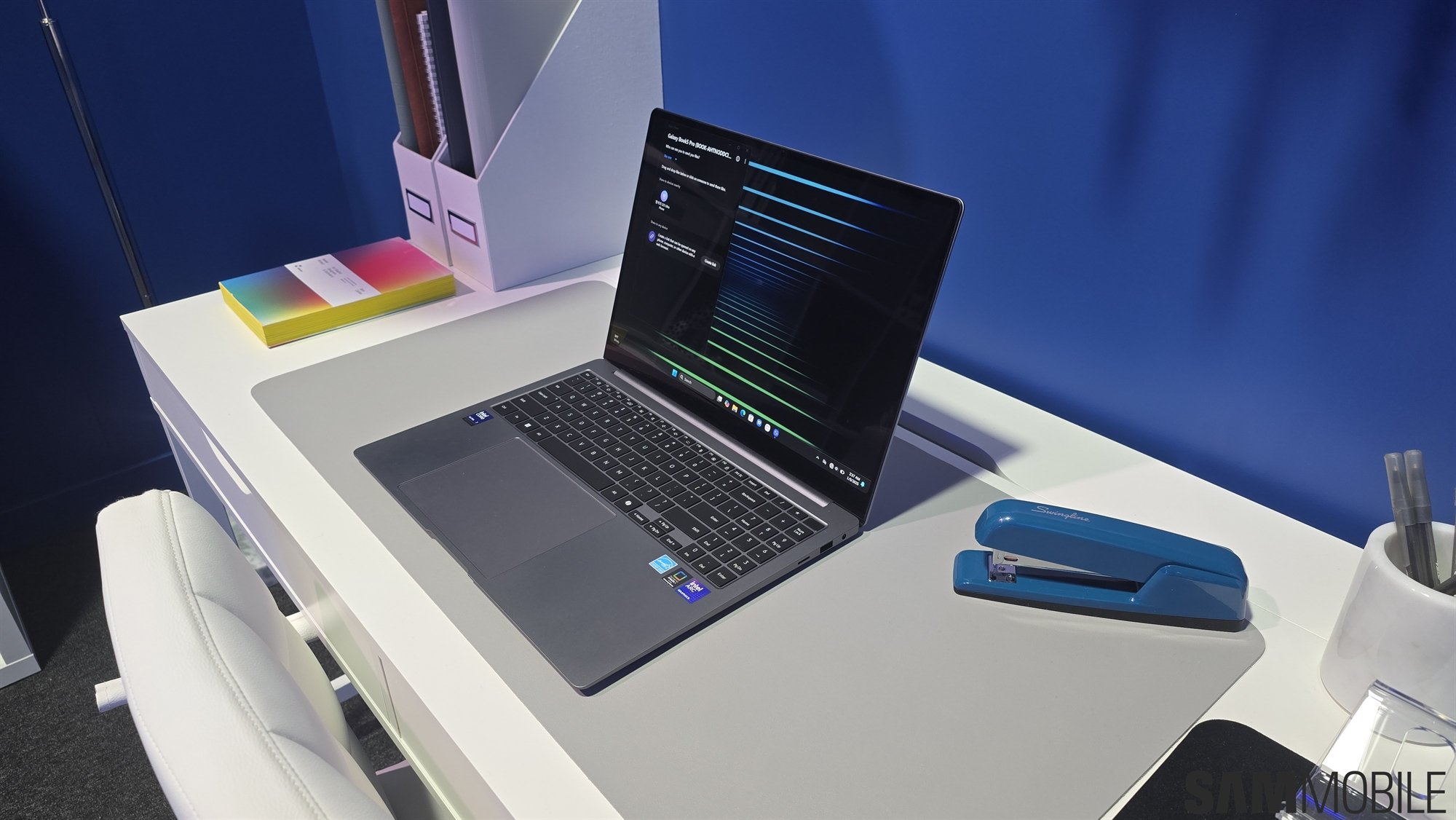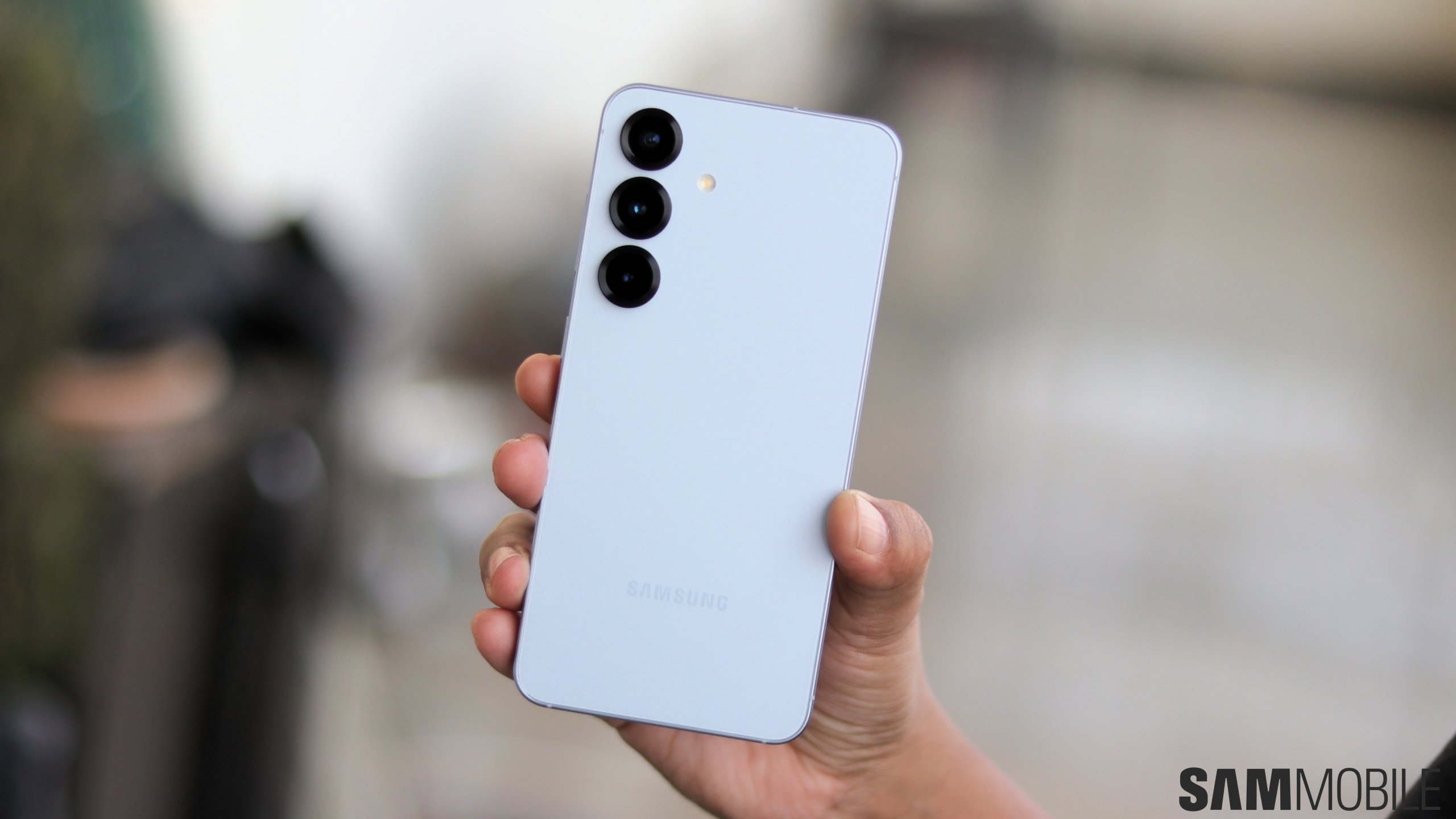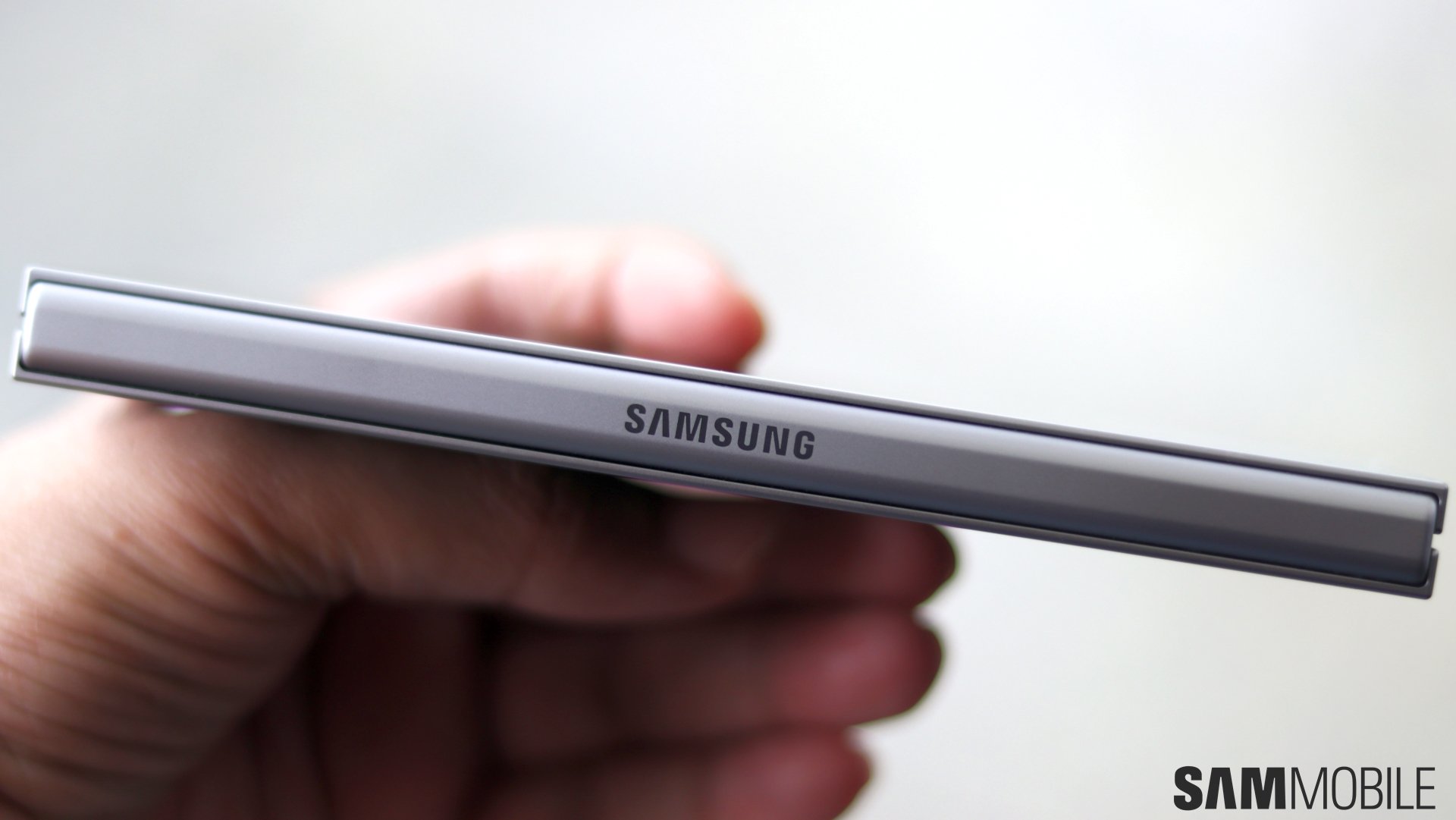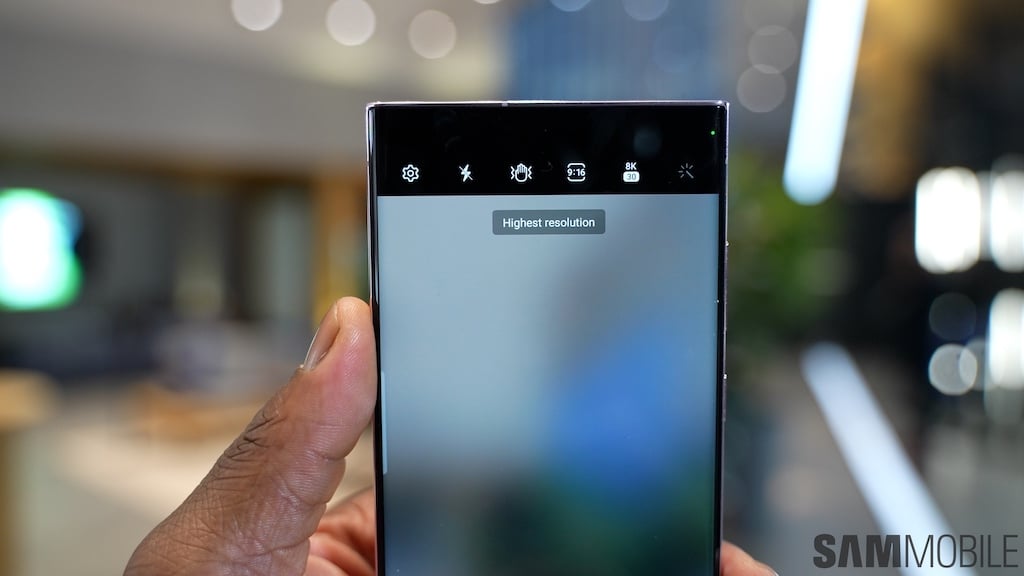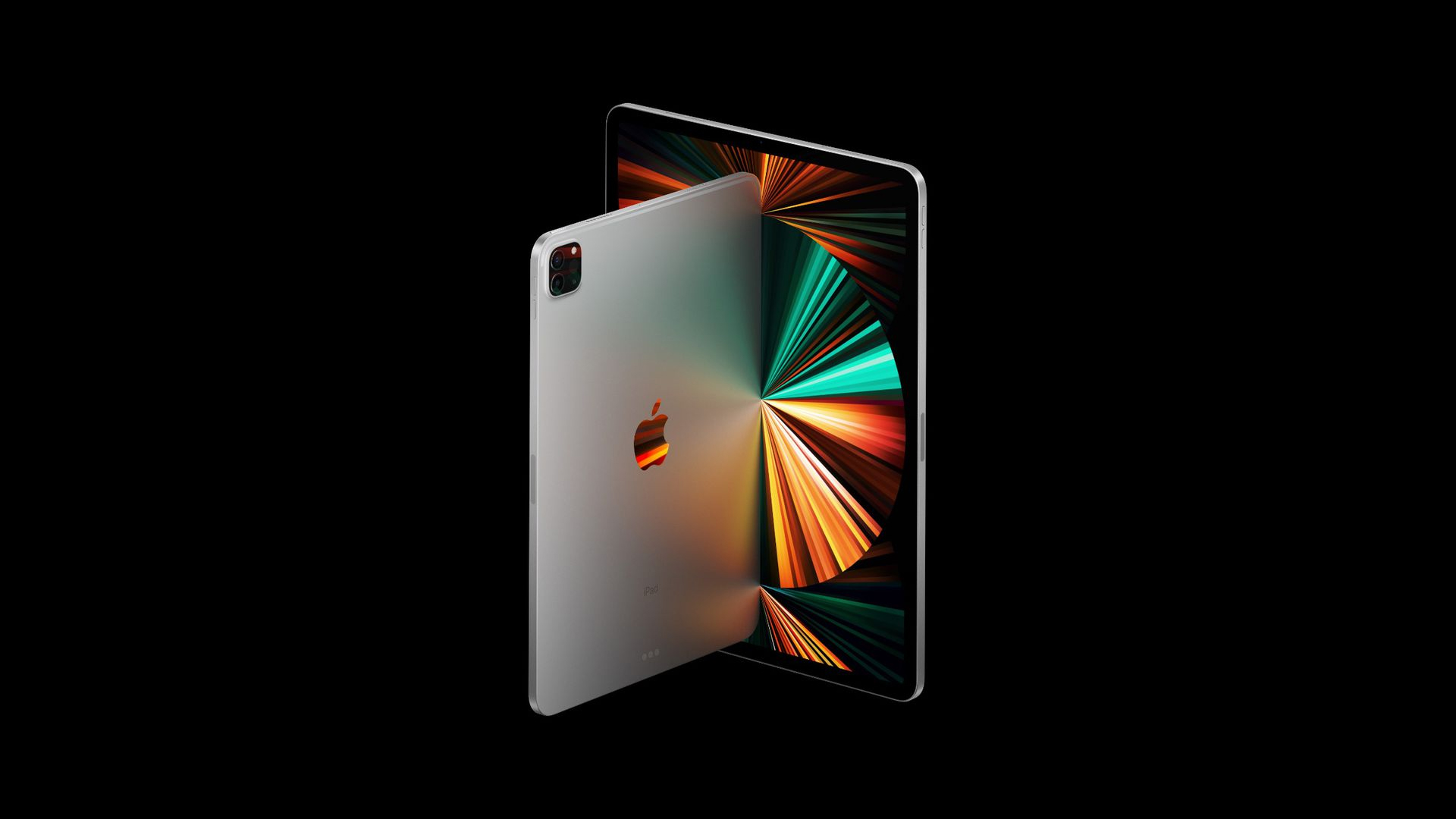
According to a report from The Elec, Apple will be paying two to three times as much for OLED panels as its competitors. So while other tablet companies can offer devices at a much lower price point, Apple will likely have to increase the price of its iPads to keep up with the competition.
Although Apple doesn't currently use OLED in its iPad series, reports exist that the company will eventually move away from LCD panels as soon as 2024. So far, there's no word on how this would affect pricing. But, whenever Apple switches to OLED displays, it's feasible that prices for future iPads might rise significantly.
Apple pushing Samsung and others for special OLED tech for their next iPad
Why Apple is willing to pay more for its OLED screens may be something you're curious about. The reason, per the rumor, is that Apple wants a much higher spec than what is currently offered in the same size of an OLED panel.
Precisely speaking, Apple plans to use a glass/film blend rather than the more widely used, less expensive flexible film to prevent warping. Also, the tech giant intends to double the pixel count to increase brightness and prolong battery life.
Therefore, the company is anticipated paying $270 to $350 due to needing a substantially higher spec, while other companies only pay $100 to $150 for an OLED panel of around 10 inches. Negotiations are underway between Apple, LG Display, and Samsung Display regarding the price of OLED panels for iPads scheduled to be released next year.
As per reports, prices for 11-inch models are proposed to be $270, and $350 for 13-inch models. OLED panels for existing early 10-inch mobile products are currently available for around $100 to $150. Furthermore, Apple is also said to have pushed Samsung to deploy a type of OLED display known as “two stack tandem OLED,” which employs two layers of pixels rather than one.












